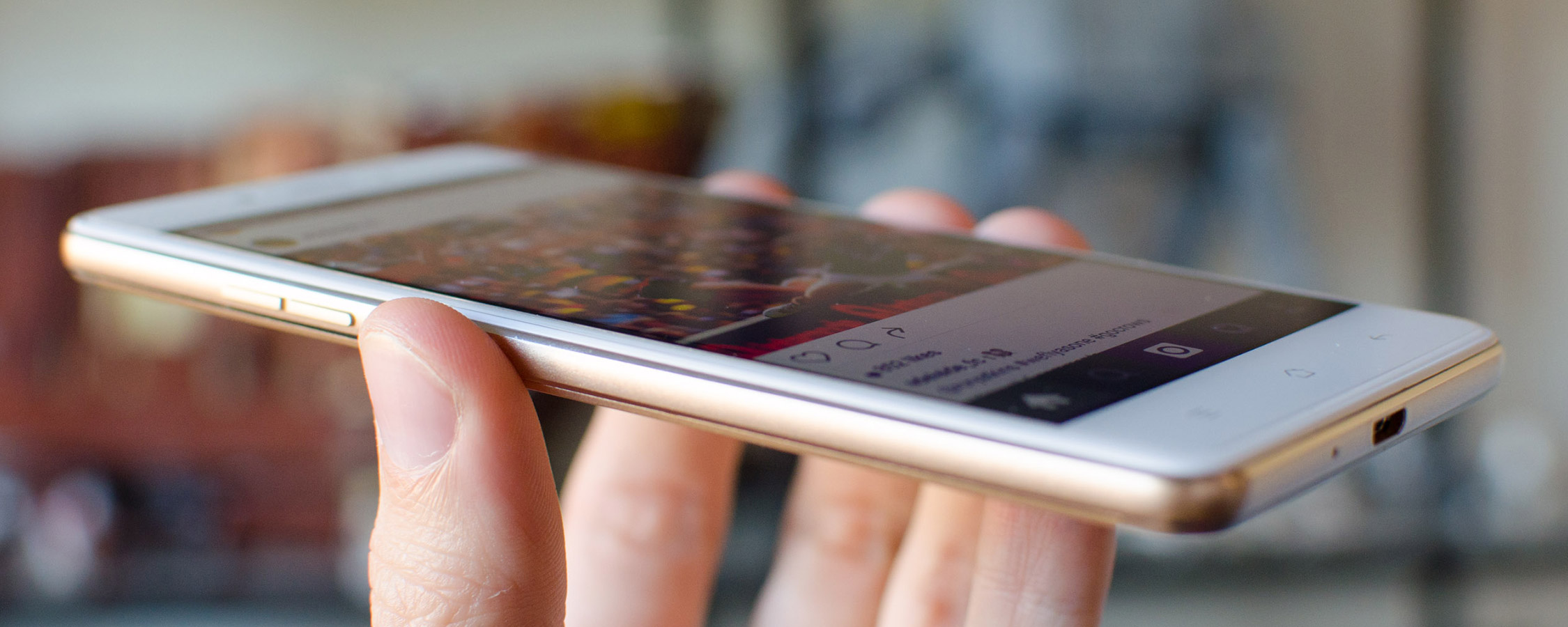A Hit-or-Miss Budget Device
The Oppo F1 is a bit of a hit-or-miss device in many aspects. There are some really solid bits of hardware and features to be found, and there are some areas where Oppo needs to add a lot more polish before it can compete with the best budget Android devices.
The performance of the F1 is one of the standout features at this price point. The Snapdragon 616 is a definite step above the Snapdragon 410 that typically is seen in smartphones around the $200 mark, particularly when it comes to the GPU, which is several times more powerful. Multitasking is reasonably fluid thanks to 3 GB of RAM, and features like dual-SIM support and a microSD card slot are appreciated.
The selfie camera is Oppo's most heavily touted feature, and it performs reasonably. 8-megapixel front cameras aren't new, but it's great to see Oppo bring them down to this price point where its quality easily surpasses competitors like the Moto G. On the other hand, the 13-megapixel rear camera is disappointing, only delivering quality shots in strong lighting. The camera app is also a blatant rip-off of the iOS camera app, for better or worse.
There are some aspects to the F1's design that I really like. The thin profile and use of metal makes this handset much more attractive than a lot of other phones I've seen in the sub $200 market, and the 2.5D Gorilla Glass front is quite nice. However, only some parts of the chassis are metal, with the rest being made of faux-metal plastic that doesn't blend in very well. Oppo's decision to use a menu button is bizarre when Android deprecated them years ago, and the white bezel around the display reflects a lot of light in sunny conditions.
Speaking of the display, in general the F1's 5-inch 720p panel is a disappointment. Color quality is well off where it should be, and merely average maximum brightness can't offset the reflectivity issues of the bezel. It's not the worst budget display I've seen, but it's comfortably beaten across the board by a very similar display in the latest Moto G.
The F1 could have been so much better if it were running stock Android, however it's not, and that's a huge shame.
But by far the worst part of the Oppo F1 is the software, particularly ColorOS. The design of this skin is dated, and changes that Oppo has made impact usability rather than enhancing it. There are issues with duplicated apps, lackluster added features, and a ton of bloat apps. Add to the list the fact that the F1 is still running Android 5.1 six months after the release of Android 6.0. The F1 could have been so much better if it were running stock Android, however it's not, and that's a huge shame.
The value proposition of the Oppo F1 varies significantly by region. At £169 outright in the UK, the device is £20 more than the 16 GB third-gen Moto G, which isn't a great deal. Although the F1 has better hardware in most areas, the latest Moto G is a better all-round device. In Europe, both the Moto G and Oppo F1 cost around the same (€230), which again makes it difficult to recommend. And for our readers in India, the F1 is ~45% more expensive than the Moto G.
In Australia, you can find the Oppo F1 for just AU$199, an steal considering the basic 8GB Moto G costs more than $230. In fact, in Australia the F1 is matching the price of the lesser Moto E, which would make it an easier recommendation.
Were the Oppo F1 sold in the United States for its UK price, it would end up being just over $200 before tax, or around the value of the 16 GB Moto G. So in general, unless your region offers a fantastic deal on the F1, it's probably best to stick to last year's highly recommended Moto G.
score
Pros: The Snapdragon 616 is powerful at this price point. Good selfie camera. Decent part-metal design. Fantastic value in some regions.
Cons: ColorOS is a terrible Android skin. Disappointing rear camera. Substandard display even for a budget handset. Poor value in key regions like Europe and India.




